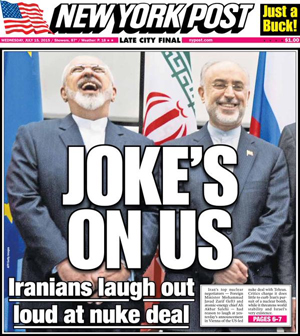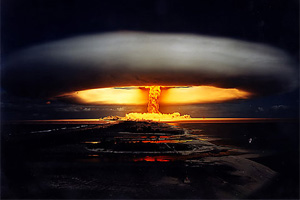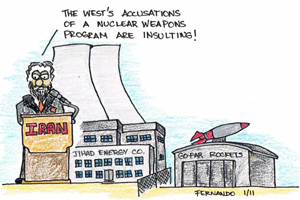
The prestigious Washington-based Institute for Science and International Security published on Wednesday a jaw-dropping report on its website outlining a newly revealed Iranian regime nuclear weapons plant that was discovered by Israel.
Three scientists, David Albright, Sarah Burkhard and Frank Pabian, wrote that “based on documents in the Iran Nuclear Archive, seized by Israel in early 2018, Iran’s Amad Plan created the Shahid Mahallati Uranium Metals Workshop near Tehran to research and develop uranium metallurgy related to building nuclear weapons.”

David Albright, the founder of the Institute for Science and International Security, told The Jerusalem Post that what “jumped out at us was the plant could have made cores for the first bomb parts.” He added that over time the facility “could have made four nuclear missiles.”
“Iran has clearly been dishonest with the IAEA. During discussions in September 2015, ‘Iran informed the Agency that it had not conducted metallurgical work specifically designed for nuclear devices, and was not willing to discuss any similar activities that did not have such an application,'” the report read, however, the “activities at Shahid Mahallati and Shahid Boroujerdi are a dramatic contrast to that statement.”The Shahid Mahallati facility, which is located near Tehran, “was capable of making the first cores of weapon-grade uranium, in case Shahid Boroujerdi was unfinished when weapon-grade uranium would have had become available,” the authors added.

The revelation by the Institute for Science and International Security will add more weight to America’s position in its efforts to persuade European powers to abandon the JCPOA and reimpose sanctions on the Islamic Republic of Iran. Iran’s regime has often breached the JCPOA since it was negotiated in 2015.
The organization’s report noted that “The Amad Plan was downsized in late 2003 before this plant processed any weapon-grade uranium, although it did process a considerable amount of a non-uranium surrogate material into weapon components. The use of a surrogate material allowed Iran’s nuclear weapons program to learn and practice the fabrication of key nuclear weapon components.”
